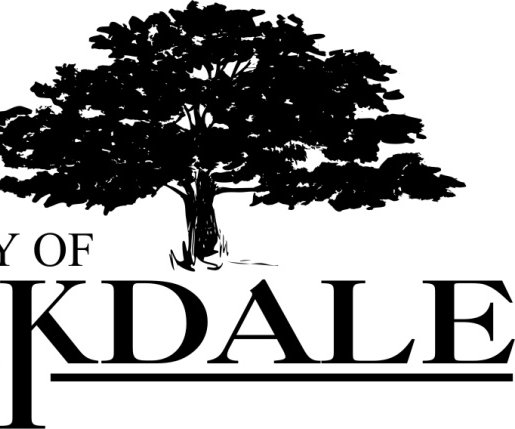Landscaping along Manteca’s future sound walls as well as in common areas of neighborhoods and commercial developments could go native to conserve water.
Municipal leaders are pushing to rethink city requirements for what landscape maintenance districts should plant in response to not just the current drought but what many believe is going to be an ongoing issue about adequate water supplies.
Manteca has already employed native grasses at the transit station on Moffat Boulevard. Besides needing significantly less water, they also need less cutting. They can be left in their natural state or be trimmed slightly once a year.
It was a direct result of constant calls over the years by council members such as Steve DeBrum to keep finding ways to reduce landscape costs throughout the city as a way to reduce the expenditure of tax dollars.
Now DeBrum and others want to take it to the next level and explore the aggressive use of xeriscape landscaping. Such landscaping can thrive in dry conditions with minimal water. Xeriscape first took off in the Denver area due to growth taxing their available water resources.
During discussions on a new residential neighborhood south of Woodward Avenue, DeBrum made it clear he wants to see plants that use less water employed instead of the landscaping that now appears along sound walls.
The city has nearly 60 acres of landscape maintenance districts that are irrigated using treated municipal water. That’s unlike a growing number of city parks that have relatively shallow wells that tap into the upper part of the aquifer where water is not considered safe for drinking.
Manteca resident Bruce Lownsbery at a recent Manteca City Council meeting asked city leaders to take a look at how they could reduce water use by making permanent changes to landscaping in such districts.
“Xeriscape is much less water hungry,” Lownsbery noted.
And because it is less water hungry, it also will cost homeowners that foot the bill in such districts less money. Water is the second biggest expense in such districts behind labor.
Two years after the city took over LMD upkeep that had been contracted to private firms, it was reported by municipal staff in 2011 that water savings per district ranged from 5 to 15 percent. That’s because the city imposed water conservation measures to keep costs down.
Public Works Director Mark Houghton has indicated staff is going to be exploring more aggressive water conservation measures to recommend the City Council consider adopting. Among those measures could be xeriscaping.
There are a wide array of plants, shrubs, and trees that are classified as xeriscape landscaping. That doesn’t mean they have to be what you’d find in the desert. Native plants had to adapt to wet winters and dry summers and autumns. Many of them such as the Central Valley Blue Oak are often killed if they are continually watered during summer months.
California is now in its third straight dry year.
Gov. Jerry Brown has declared a drought emergency and has asked for all Californians to cut back water use by 20 percent.
The easiest way to do that is by reducing water used for landscaping. Based on Environmental Protection Agency data, 30 percent of all water used in a typical household goes to water grass, plants, and trees.





